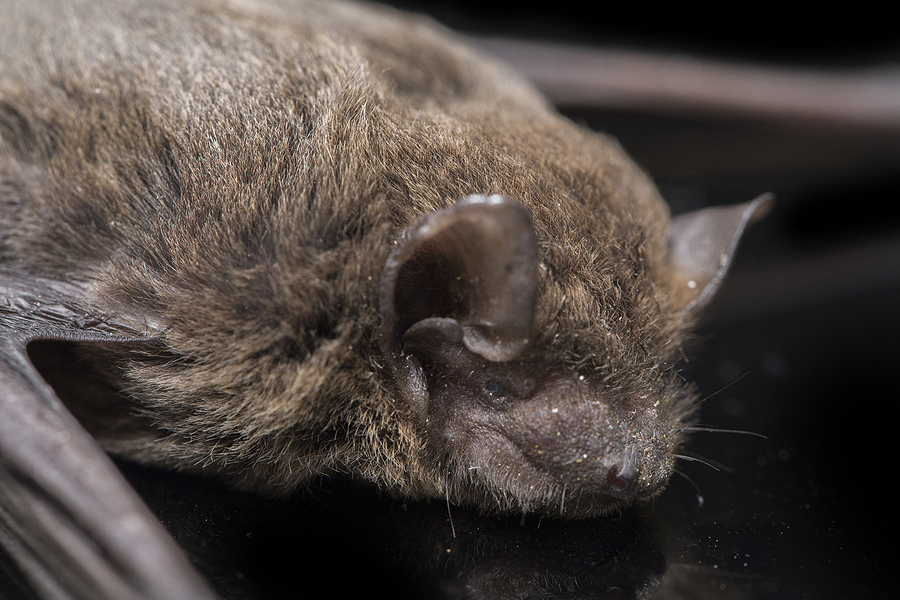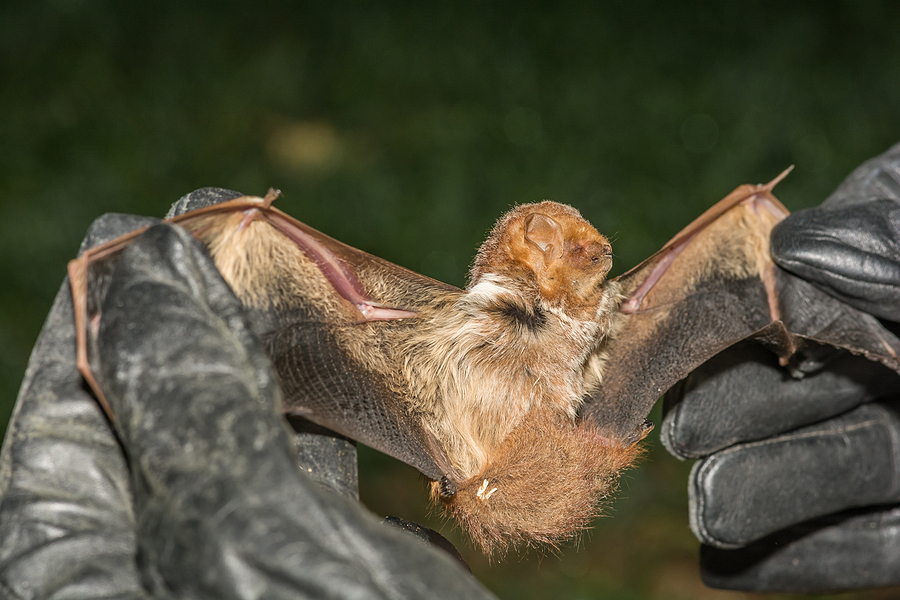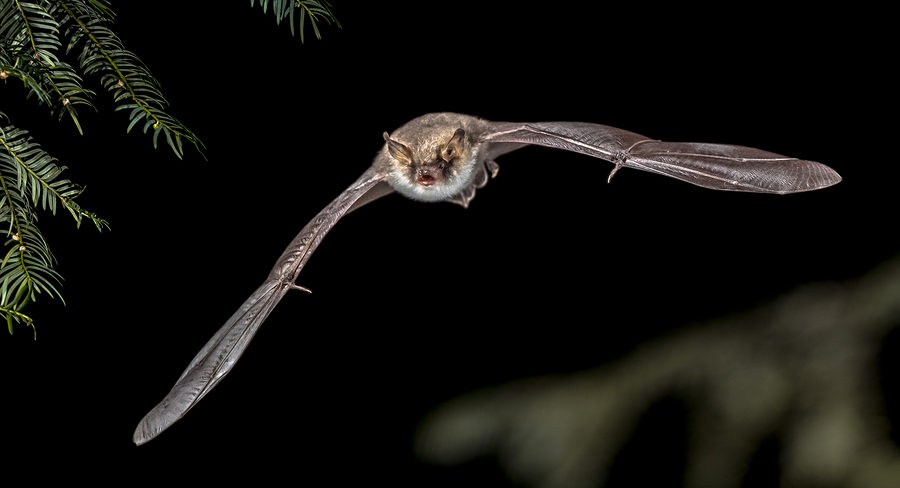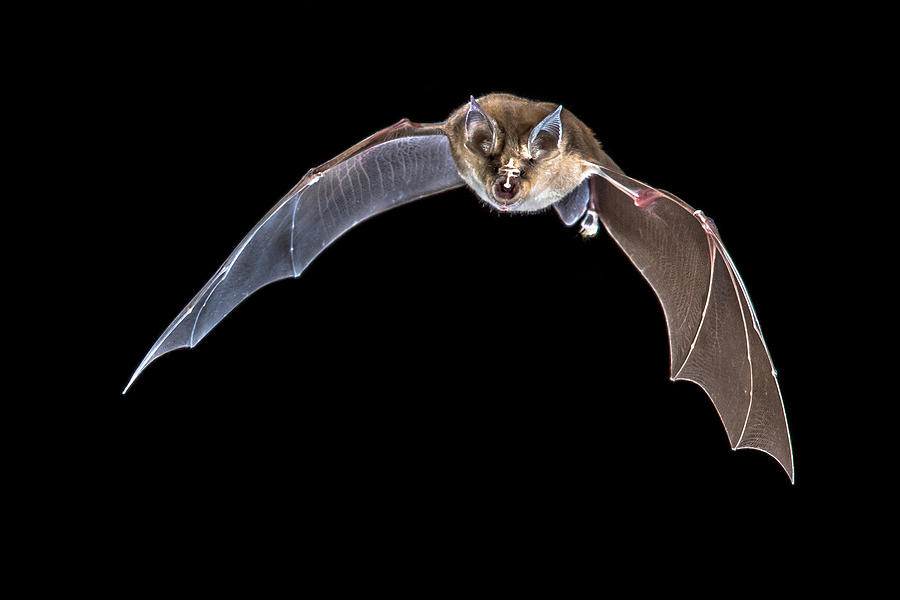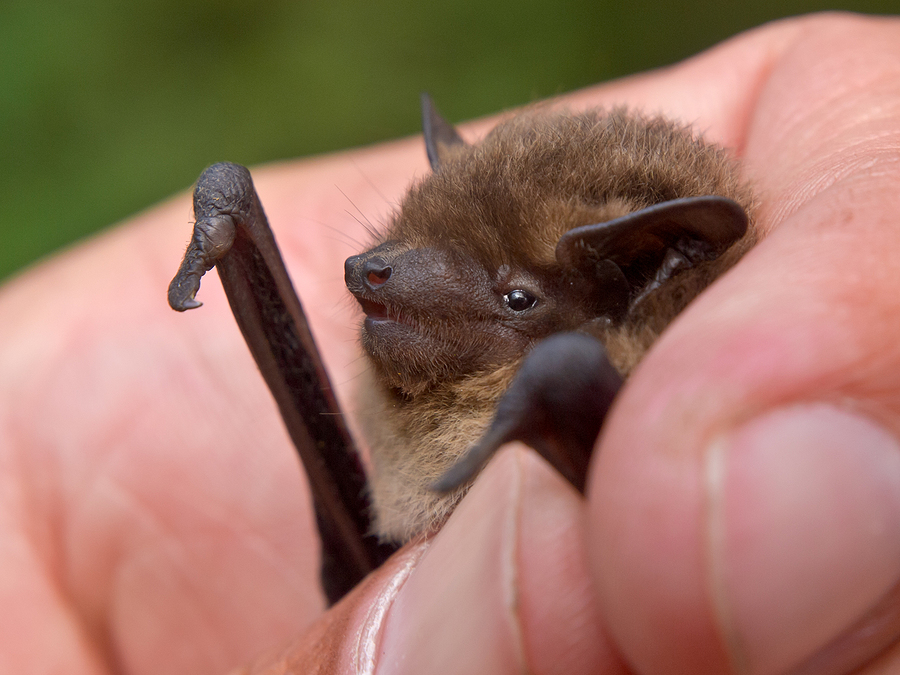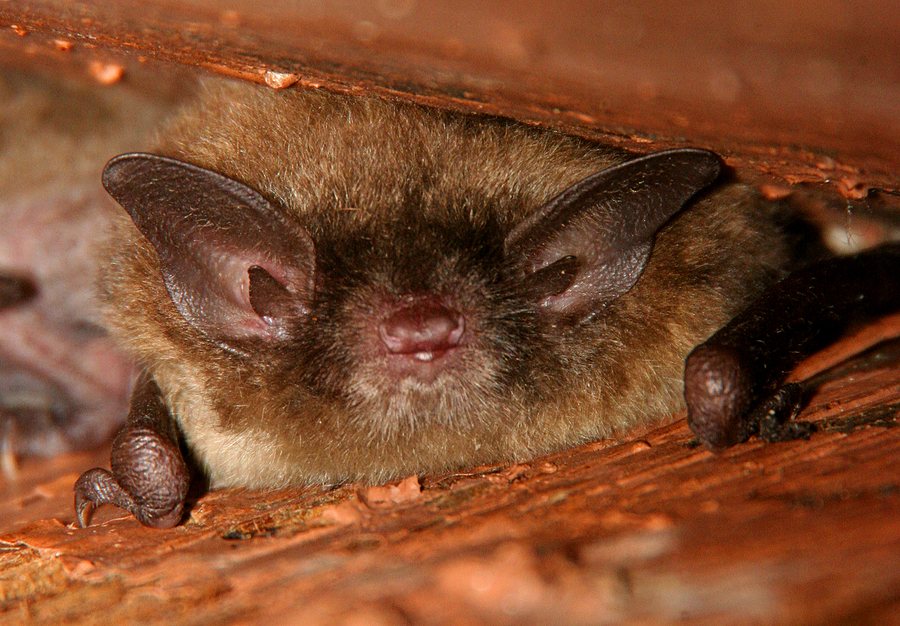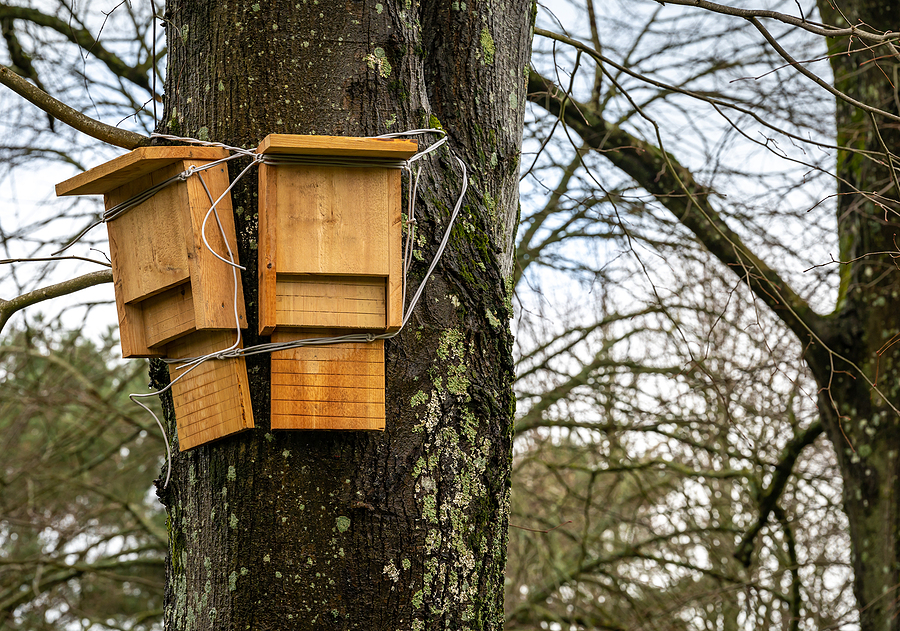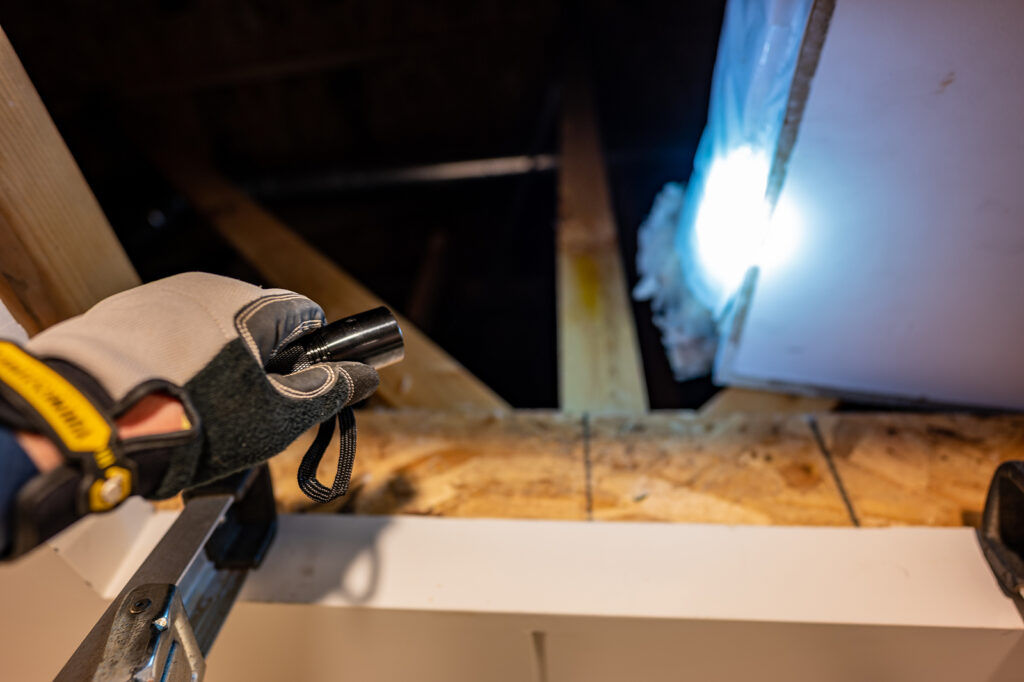Imagine stepping into the lush forests or peaceful wetlands of Indiana, knowing that every species you encounter is protected by a tapestry of laws designed to preserve nature’s delicate balance. For wildlife enthusiasts, conservationists, outdoor adventurers, and homeowners alike, understanding these regulations is crucial. This blog will unravel the importance of Indiana wildlife laws, helping you become a more informed and responsible steward of the natural world.
You’ll learn about the main wildlife regulations, the role of state and federal agencies, and how these laws impact conservation efforts. Plus, we’ll guide homeowners on living harmoniously with local wildlife while staying compliant with legal obligations. By the end, you’ll see why these laws are not just rules but essential fabrics that protect the environment we cherish.

Key Wildlife Laws and Regulations in Indiana
Hunting Regulations
Hunting is a popular activity in Indiana, but it’s governed by strict laws to ensure sustainability. The Indiana Department of Natural Resources (IDNR) sets specific seasons for different game, such as deer, turkey, and waterfowl. Hunters must possess the appropriate licenses and adhere to bag limits, which control the number of animals that can be legally hunted each season. Violating these regulations can lead to hefty fines and loss of hunting privileges.
Fishing Regulations
Fishing, another beloved pastime, is regulated to protect fish populations and aquatic ecosystems. Anglers need a fishing license and must follow size and bag limits. Some species, like the lake sturgeon, are protected and must be released if caught. Additionally, certain water bodies have special regulations to prevent overfishing and maintain biodiversity. Compliance ensures that Indiana’s waters remain vibrant and teeming with life.
Trapping Regulations
Trapping fur-bearing animals such as beavers, raccoons, and foxes is also subject to state regulations. Trappers must obtain a license and follow specific guidelines regarding trap types and placement. The season for trapping is limited to prevent excessive harvest and to ensure animal populations can recover. These regulations are vital for maintaining the ecological balance and supporting sustainable wildlife management practices.
The Role of State and Federal Agencies
Indiana Department of Natural Resources (IDNR)
The IDNR plays a pivotal role in enforcing wildlife laws across the state. They conduct regular patrols, investigate violations, and educate the public on legal requirements. The IDNR also collaborates with conservation organizations to develop policies that promote wildlife preservation. Their efforts are instrumental in ensuring compliance and protecting Indiana’s natural heritage.
U.S. Fish and Wildlife Service (USFWS)
At the federal level, the USFWS enforces laws that protect endangered species and migratory birds. This includes implementing the Endangered Species Act and the Migratory Bird Treaty Act, which provide critical protections for at-risk species. The USFWS works in tandem with state agencies to ensure that federal regulations are upheld, enhancing the overall framework for wildlife conservation.
Local Law Enforcement
Local law enforcement agencies also contribute to wildlife law enforcement. They often assist in handling wildlife-related complaints from residents and ensuring that local ordinances are followed. Their involvement is crucial for addressing issues that arise within communities, particularly those related to nuisance wildlife and habitat encroachment.
Impact of Wildlife Laws on Conservation Efforts
Habitat Protection
Wildlife laws are integral to conserving natural habitats. Regulations restrict activities that could harm ecosystems, such as deforestation and pollution. Protected areas, like state parks and nature reserves, are established to provide safe havens for wildlife. These efforts ensure that habitats remain intact and capable of supporting diverse species.
Species Recovery
Laws protecting endangered and threatened species are vital for their recovery. Programs aimed at reintroducing species into their natural habitats have seen success due to legal safeguards. For instance, the reintroduction of the river otter in Indiana was a triumph of coordinated conservation efforts, supported by robust legal frameworks.
Public Awareness
Wildlife laws also play a significant role in raising public awareness about conservation. Educational campaigns and community outreach initiatives inform citizens about the importance of protecting wildlife. This fosters a culture of respect and responsibility towards nature, encouraging people to take active roles in conservation.
Protected Bat Species in Indiana
The Indiana Bat
The Indiana bat is federally protected and listed as endangered. These bats play a crucial role in pest control, consuming large quantities of insects nightly. Disturbing their roosting sites, particularly during hibernation, is illegal and can have severe consequences for their populations. Protecting these bats is essential for maintaining ecological balance and reducing insect-related nuisances.
The Northern Long-Eared Bat
Another bat species under federal protection is the Northern long-eared bat. This species faces threats from habitat loss and white-nose syndrome, a deadly fungal disease. Legal protections focus on preserving hibernation sites and minimizing disturbances during critical periods. Conservation efforts are geared towards mitigating these threats and supporting population recovery.
The Evening Bat
While not federally protected, the evening bat is a species of concern in Indiana. These bats often roost in trees and sometimes buildings, leading to conflicts with homeowners. Understanding their ecological importance and adhering to guidelines for non-lethal removal helps maintain their populations and prevent unnecessary harm.
A Guide for Homeowners on Living in Harmony with Local Wildlife
Understanding Local Wildlife
Homeowners play a vital role in wildlife conservation. Recognizing the presence of local wildlife and understanding their behaviors can help mitigate conflicts. For example, knowing that raccoons are attracted to easy food sources can prompt measures to secure trash bins and remove attractants, reducing the likelihood of encounters.
Legal Obligations for Homeowners
It’s important for homeowners to be aware of legal obligations when dealing with wildlife. Certain actions, such as relocating wildlife without a permit, can be illegal and harmful to the animals. Consulting with wildlife control professionals ensures that interventions are humane and compliant with regulations. Following the law protects both the homeowner and the wildlife.
Creating Wildlife-Friendly Spaces
Creating habitats that are friendly to wildlife can enhance biodiversity and reduce conflicts. Planting native vegetation, installing bird feeders, and providing water sources can attract beneficial species and support their needs. These actions contribute to a balanced ecosystem and offer opportunities for homeowners to enjoy nature responsibly.
Conclusion
Wildlife laws and regulations in Indiana are designed to protect the rich biodiversity that makes the state unique. For wildlife enthusiasts, conservationists, outdoor adventurers, and homeowners, understanding and complying with these laws is essential. These regulations not only safeguard animal populations but also contribute to broader conservation efforts and habitat preservation.
By following the guidelines set forth by state and federal agencies, you can play a pivotal role in protecting Indiana’s wildlife. Whether you’re enjoying the great outdoors or managing your property, remember that your actions have a lasting impact on the natural world.
If you have a bat problem, only trust a licensed and insured bat pest control professional for help extracting and managing them. Contact us at 317-257-2290 for professional and prompt Indianapolis IN bat removal services you can trust. We serve residential and commercial clients.
Related Posts:
Federally Endangered Bat Species in This Region
Everything You Need to Know About Indiana Bat Conservation Strategies
Common Uses for Bat Guano

